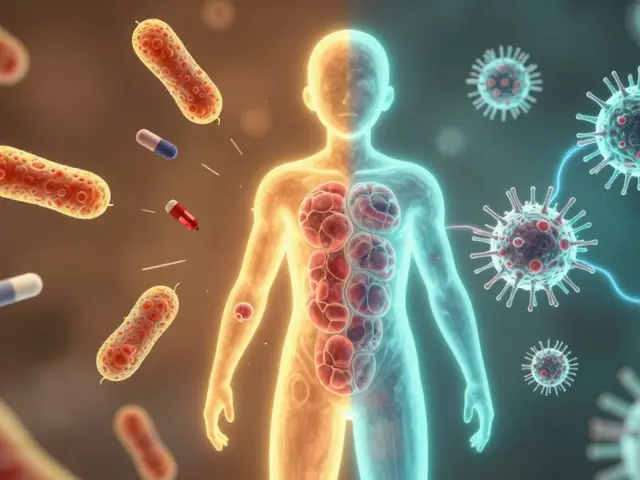Cancer progression: what it means and how to track it
Hearing the words "cancer progression" is scary. It simply means the cancer is growing, changing, or spreading. That can look different from one person to another, and knowing what to watch for helps you act faster and ask the right questions at appointments.
Progression can be slow or fast. Some tumors grow over years with mild symptoms; others move quickly. The key is monitoring—regular scans, blood tests, and symptom checks let doctors spot changes early and adjust treatment.
Common signs that progression may be happening
Changes can be subtle. New or worsening pain, sudden weight loss, fatigue that won’t lift, new lumps, breathing trouble, or organ-specific symptoms (like jaundice or blood in the stool) should be reported. Also track small shifts: a cough that doesn't go away, new headaches, or changes in bowel or bladder habits. Keep a simple symptom diary with dates—it makes follow-up visits clearer for you and your care team.
How doctors check for progression
Doctors use tests to confirm what symptoms suggest. Expect some of these:
- Imaging — CT, MRI, ultrasound, and PET scans show size and spread of tumors.
- Blood tests — tumor markers like PSA, CA-125, or CEA can hint at activity for certain cancers.
- Biopsy — if a tumor changes, a repeat biopsy can reveal new traits or resistance to drugs.
- Genetic and molecular tests — these find mutations that guide targeted treatments and explain why a cancer might be growing.
Treatment plans change if progression shows up. That might mean switching chemo drugs, adding radiation, trying targeted therapy or immunotherapy, or considering clinical trials. Surgery can still help in some cases, even when cancer has spread, depending on location and goals.
What can you do between visits? First, follow up on tests and bring results to each appointment. Second, manage daily health: quit smoking, limit alcohol, keep active within your limits, and eat protein-rich meals to maintain weight. These steps won’t cure cancer but help you tolerate treatments better and may slow decline.
Also, don’t ignore quality-of-life care. Pain control, nutrition support, physical therapy, and counseling matter a lot. Palliative care teams specialize in symptom control and can work alongside curative treatments.
Finally, ask practical questions: How often will I be scanned? What signs should trigger a call? If progression is confirmed, what are next-line treatment options and their side effects? Clear answers make decisions easier.
Tracking progression is a team effort—your notes, timely testing, and open conversations with your doctor make a difference. If something new or worrying appears, call your care team rather than waiting for the next visit.

How Stress and Cortisol Influence Cancer Growth and Tumor Spread
Chronic stress isn’t just bad for your mood—it can actually play a big part in how fast cancer grows and spreads. This article looks at cortisol, the body’s main stress hormone, and its connection to inflammation and tumor development. Learn why your body’s stress response matters, how it can fuel cancer, and practical tips to manage stress for better health. If you or someone you know is dealing with cancer, understanding this mind-body link could make a real difference.




